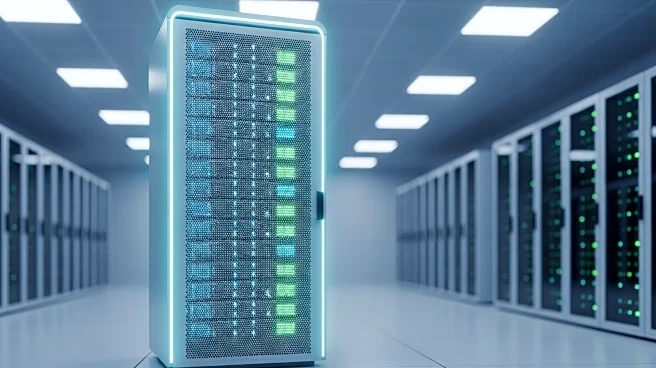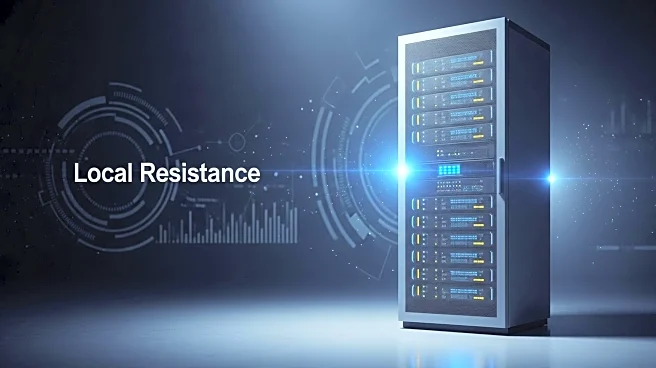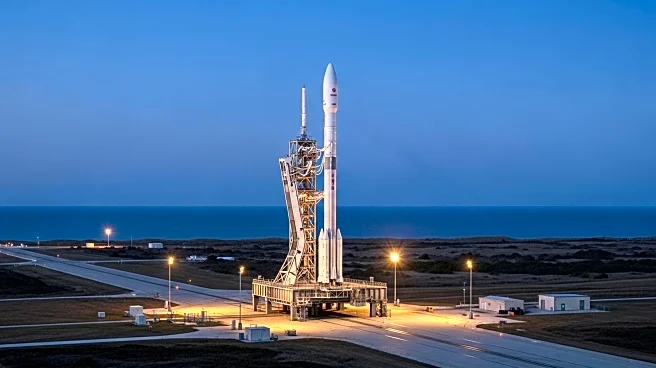What's Happening?
The rapid expansion of data centers in Virginia and across the United States is creating significant challenges for the electrical grid. The PJM Interconnection, which manages the grid in Virginia and much of the Mid-Atlantic, has issued warnings about potential power shortages during extreme summer conditions. Data centers, driven by the increasing energy demands of AI, cryptocurrency, and high-density computing, are contributing to this surge in electricity demand. Virginia, which already imports more electricity than any other state, could see its electric demand triple by 2040 if data center growth continues at its current pace. To address these challenges, data centers are increasingly considering solar power as a viable solution. Solar installations can be deployed quickly, often within 18 to 24 months, and can provide direct power to data centers, bypassing the grid. However, solar projects face obstacles, including local opposition and regulatory complexities.
Why It's Important?
The growing demand for electricity from data centers poses a significant challenge to the U.S. energy infrastructure. If not addressed, this could lead to power shortages and increased electricity costs, impacting businesses and consumers alike. Solar power offers a promising solution due to its rapid deployment capabilities and potential to provide reliable, onsite energy. This shift towards solar could accelerate the transition to renewable energy sources, reducing reliance on traditional power grids and fossil fuels. However, the success of solar projects depends on overcoming regulatory hurdles and gaining community support. The ability of data centers to secure their own power sources could set a precedent for other industries facing similar energy challenges.
What's Next?
Data center developers are likely to increase their focus on securing land for solar and battery installations to ensure reliable power supply. Engaging with local communities to build support for solar projects will be crucial to overcoming opposition. Developers must also navigate policy volatility and regulatory complexities to successfully implement solar solutions. As the demand for electricity continues to rise, the role of solar power in meeting these needs will become increasingly important, potentially influencing energy policy and infrastructure development across the country.
Beyond the Headlines
The shift towards solar power for data centers highlights broader trends in energy policy and infrastructure development. It underscores the need for innovative solutions to meet growing energy demands while transitioning to cleaner energy sources. This development could lead to increased investment in solar technology and battery storage, driving advancements in renewable energy. Additionally, it raises questions about the balance between local land use concerns and the need for sustainable energy solutions, prompting discussions on how best to integrate solar projects into communities.











